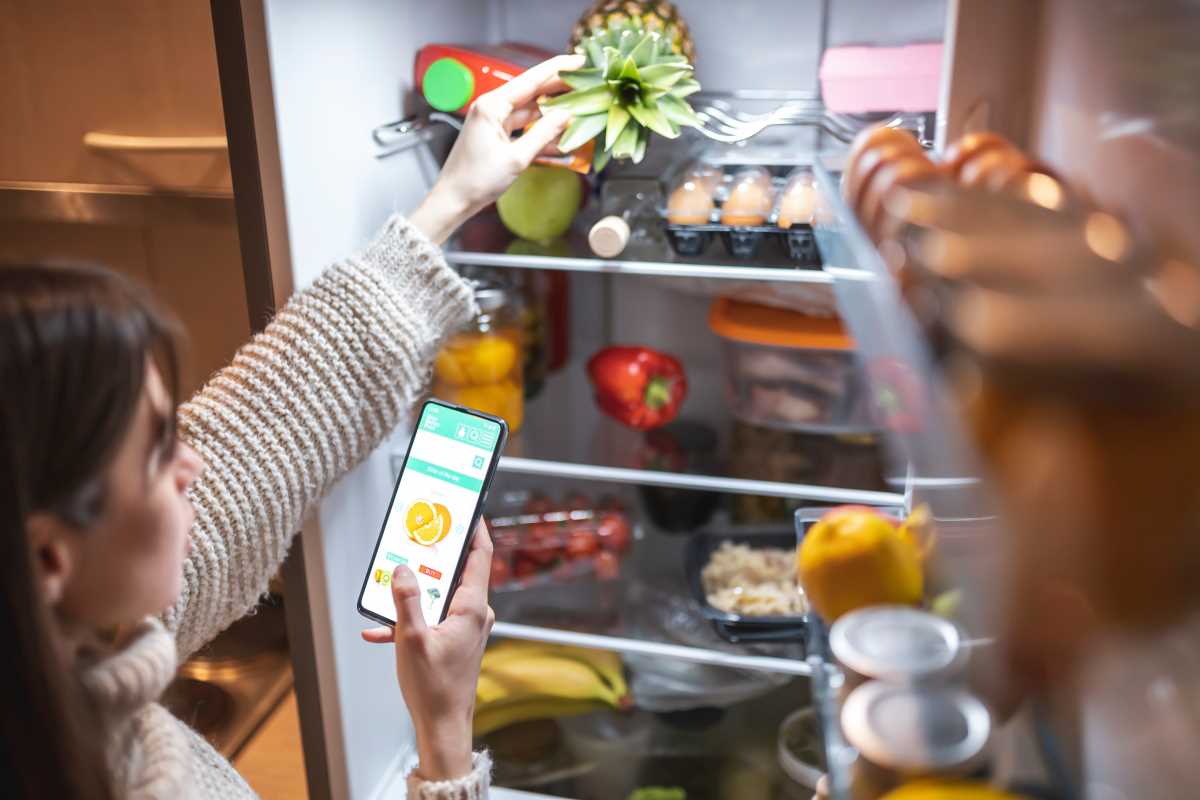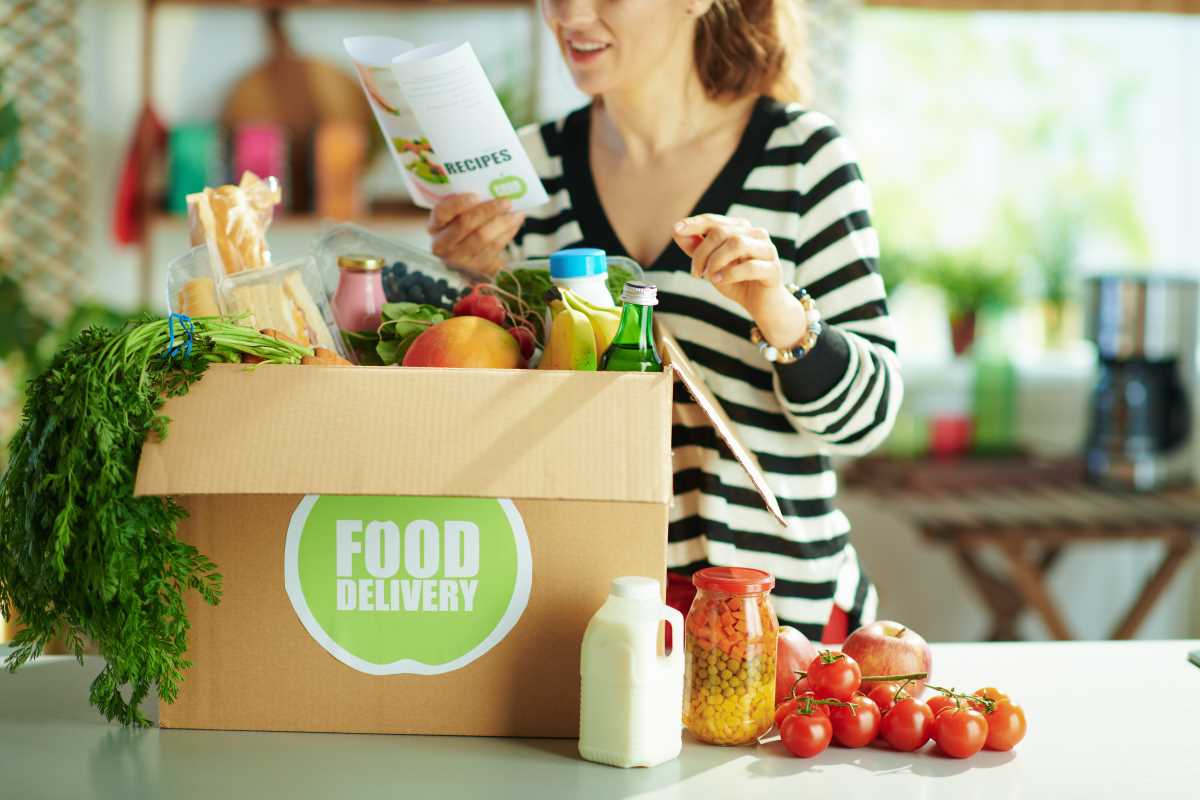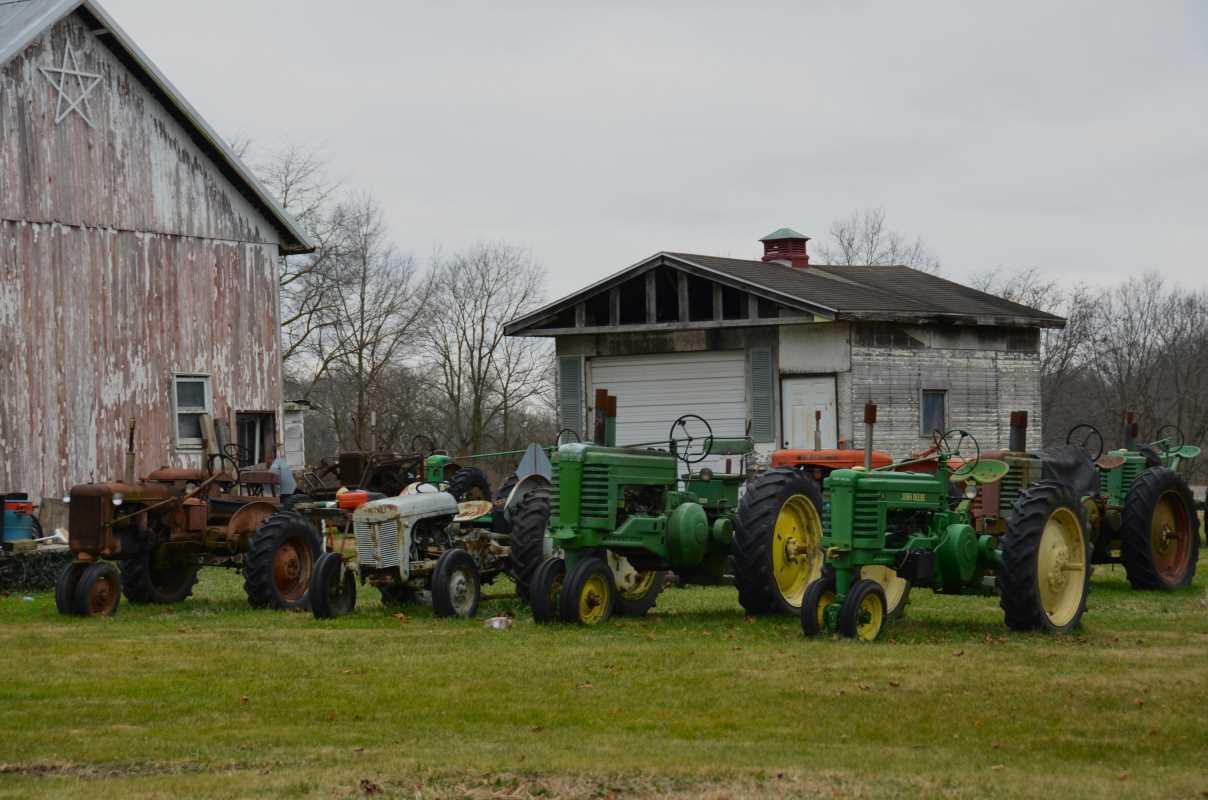Turning acres of farmland into a reliable source of fresh fruits and vegetables for your community brings both satisfaction and steady earnings. Familiarity with your land and knowledge of what neighbors enjoy gives you a strong foundation. Delivering just-picked produce directly to local homes bridges the gap between harvest and table, ensuring quality and freshness. This guide lays out practical steps to help you organize a successful neighborhood run, strengthen local bonds, and maintain the best taste and texture in every box you deliver. By focusing on clear methods and genuine connections, you can make your harvest a welcome part of daily life.
Harvesting Local Advantages
Describe how your immediate surroundings support a standout delivery setup:
- Freshness Proximity: You harvest just miles from most customers. That means shorter transit times. Map pickup points within a 10-mile radius. Collect produce early in daylight for peak crispness. Load insulated crates. Insider tip: Add cold packs beneath loose-leaf greens to extend shelf life by hours without ice melt.
- Seasonal Calendary: Track planting cycles on a simple board or spreadsheet. Identify appearance windows for each crop. Schedule promotional blasts one week before peak arrival. Allocate extra drivers during berry season. Insider tip: Offer two-week subscriptions timed around your harvest calendar to smooth demand swings.
- On-Farm Pickup Hubs: Set up sheltered stations at barns or farm stands. Install lockboxes with combo codes so drivers can load without supervision. Rotate code weekly for security. Insider tip: Fit each locker with a temperature gauge sticker for quick spot checks before loading.
Core Connections That Matter
Identify and establish partnerships that expand your reach. Building a dependable network reduces friction and cuts costs.
- Local Market Alliances: Approach weekly farmers markets as prime venues to recruit subscribers. Share signage detailing your route map and contact form. Collect emails in exchange for a sample bag. Cost: $5 packet of seed giveaway. Insider tip: Offer first-delivery discount codes printed on seed packet wrappers to track market leads.
- Farmers Cooperative Software: Deploy community-focused management tools that let multiple growers combine inventory. Install on a local server or cloud plan under $30 per month. Sync availability lists automatically. Insider tip: Enable low-stock alerts to prompt growers to restock crates two days ahead of demand peaks.
- Micro-Influencers: Partner with home chefs or gardening bloggers in nearby towns. Gift sample boxes in return for social posts. Track engagement through unique coupon codes. Tip: Time collaborations around recipe videos showcasing exactly what you pack.
Hands-On Practices for Packing and Routing
- Route Mapping Software
- Purpose: Optimize driver paths to cut fuel and time by up to 25%.
- Steps:
- Input delivery addresses into the mapping dashboard.
- Set time windows for each stop based on produce sensitivity.
- Generate the most efficient sequence.
- Export to driver mobile app via CSV.
- Cost/Availability: Free open-source options; premium tiers from $20/month.
- Insider tip: Adjust the start location daily to match where drivers park overnight.
- Insulated Crate System
- Purpose: Preserve temperature-sensitive items such as berries and greens.
- Steps:
- Line crates with reusable gel packs chilled overnight.
- Wrap delicate items in breathable mesh liners.
- Stack crates to allow airflow and avoid crushing.
- Clean and sanitize crates after each use.
- Cost/Availability: $15–$25 per crate; gel packs ~$2 each.
- Insider tip: Rotate crate sets so each has at least 12 hours of cooling before reuse.
- Dynamic Load Balancing
- Purpose: Match daily order volumes with fresh yields.
- Steps:
- Review inventory at dawn for surpluses.
- Reassign extras to add-on boxes or farm stand stock.
- Update customer orders in your portal.
- Notify drivers of changes before departure.
- Cost/Availability: Minimal—use free features in your portal.
- Insider tip: Promote recurring surplus items via midday flash sales on social media.
- Driver Training Routine
- Purpose: Standardize handling and customer interactions.
- Steps:
- Hold weekly huddles to review best practices.
- Use a checklist for loading and crate placement.
- Role-play greetings and drop-off procedures.
- Give route feedback after completion.
- Cost/Availability: Free, internal effort only.
- Insider tip: Record short training clips on a phone to build a reference library for new hires.
- Subscription Box Customization
- Purpose: Boost customer retention through tailored selections.
- Steps:
- Survey subscribers for favorite vegetables.
- Tag profiles with preference data.
- Automate weekly box composition by tag weights.
- Add seasonal surprises when inventory peaks.
- Cost/Availability: Under $10/month for management plugins.
- Insider tip: Include recipe cards featuring unusual ingredient pairings to delight customers.
Community Collaboration and Growth
Invite neighbors to host pop-up pickup spots in clusters of homes. Offer a modest commission, such as five percent of each box sold through their address. Rotate spots monthly to reach more customers. Partner with school gardens to supply lunch programs and predictably increase volume. Those kids’ lunches turn into free word-of-mouth marketing.
Set up a strong referral system. For each local delivery service for fresh produce box, give both the referrer and the new customer a small credit toward future purchases. Watch your subscriber list grow with minimal advertising expenses.
Advanced Tips for Sustainable Expansion
As your delivery routes grow, think about using electric vans equipped with solar roof panels to lower fuel costs and strengthen eco-friendly branding. Plan their charging schedules overnight at farm hubs.
Build partnerships with local artisans—bakeries, cheese makers—to create mixed boxes that diversify your offerings without significant new hurdles. Ensure you have proper cottage licenses and keep packaging breathable yet secure.
By refining routes, improving packing, and building local relationships, you ensure satisfied customers and reduce waste each season.
 (Image via
(Image via





